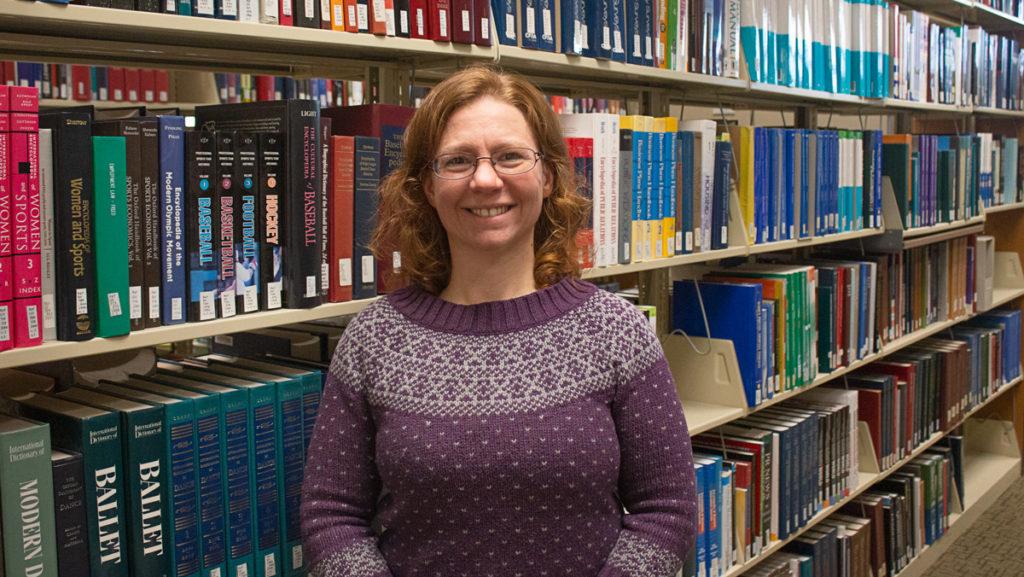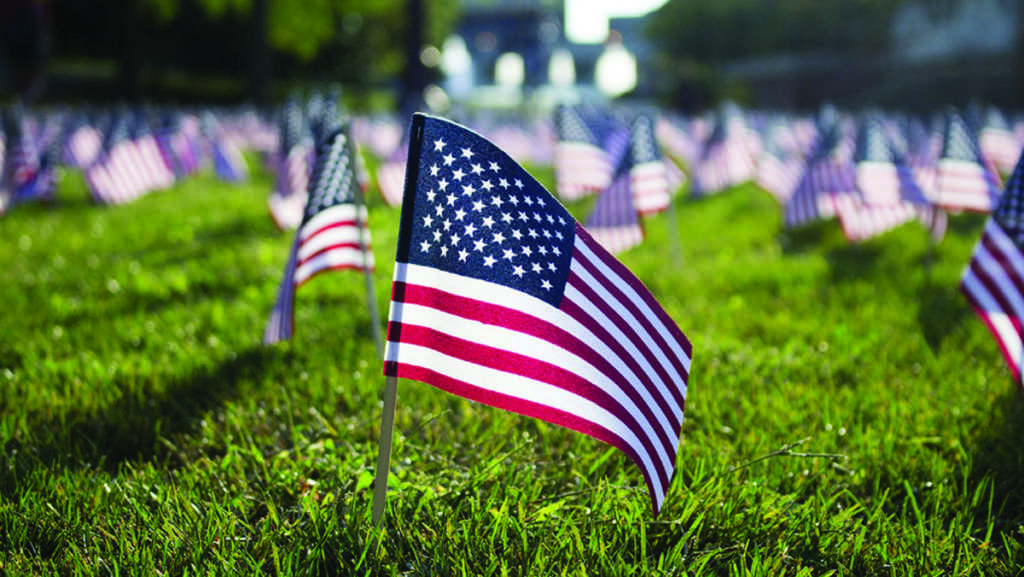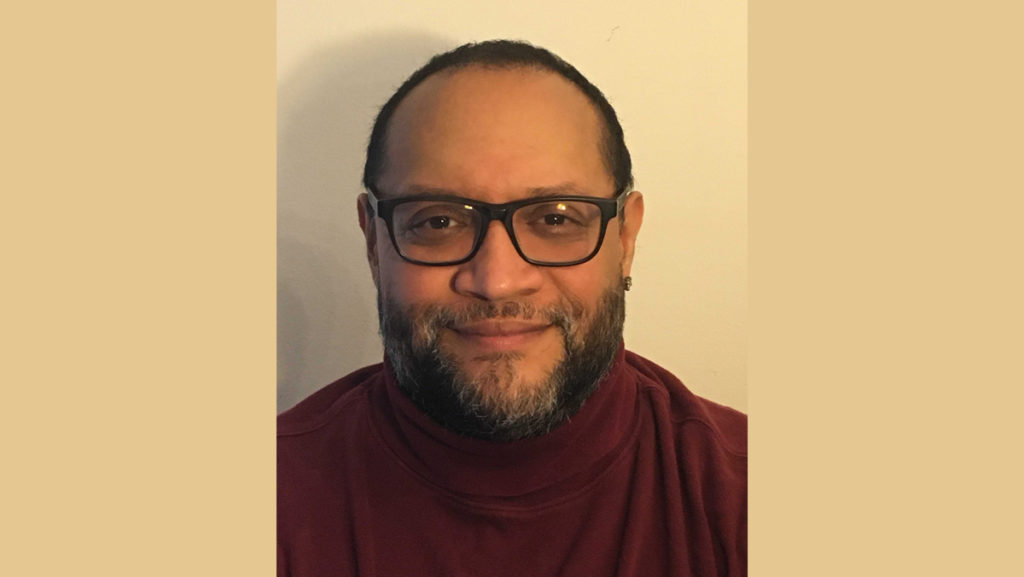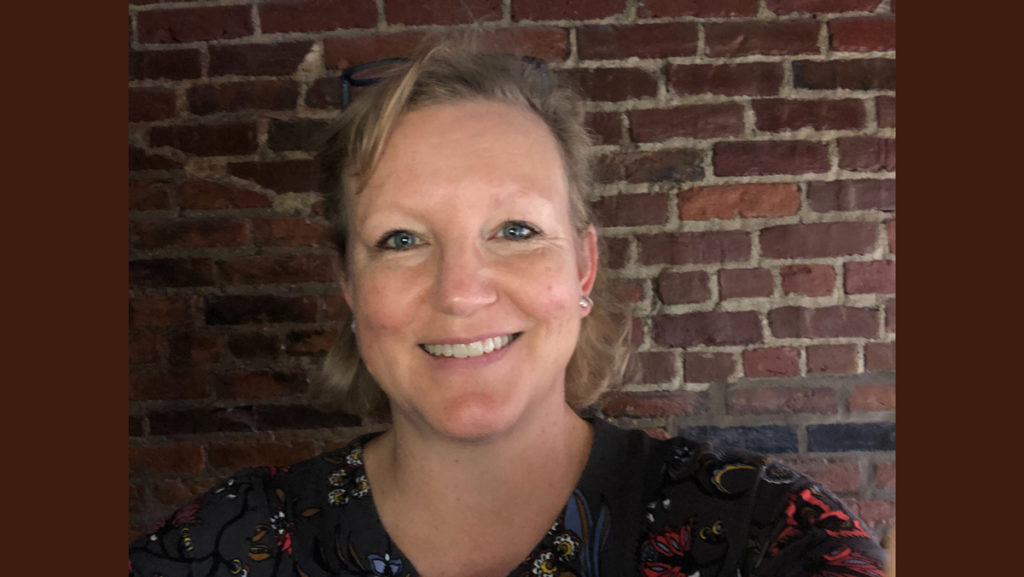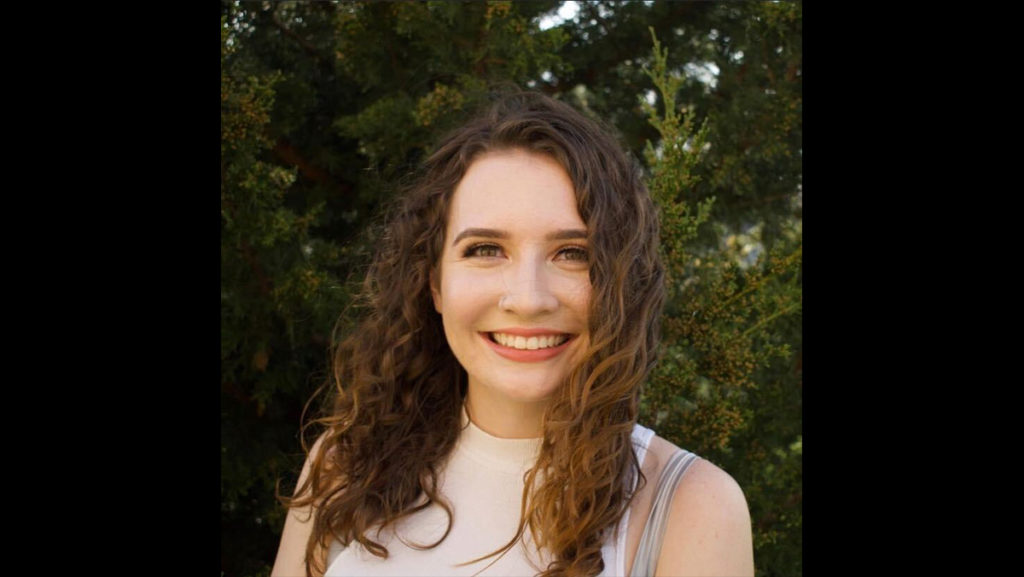Sarah Shank, interlibrary loan borrowing coordinator at Ithaca College, recently received a “Library Worker of the Year” award from the South Central Regional Library Council. It is a nonprofit that aims to strengthen library services by promoting learning, innovation and collaboration among different libraries throughout central New York.
Opinion Editor Brontë Cook sat down with Shank to talk about the award, the work she does at the college and the benefits of library resources.
Brontë Cook: Can you tell me about the work you do here and the award you received?
Sarah Shank: My position is interlibrary loan borrowing coordinator, which means if we don’t have something here in the library, I will go to other institutions and libraries and try to find [resources] from them and bring them here. Unfortunately, we don’t borrow textbooks, but pretty much anything else I can try and get. It’s pretty fun to see all the different things people are researching and to see where things come from. I’ve gotten something from Germany, Australia, South Africa … a lot of different places. It’s awesome. … I actually didn’t know I was getting the award. The library director nominated me.
BC: Why is interlibrary borrowing an important resource?
SS: It gives us the ability to provide resources that we couldn’t otherwise. We can’t possibly buy everything with the limited funds we have, so it allows us to grow and bring much more and for a lower cost. … I also do work with other outside libraries. We are part of a consortium called IDS, which stands for Information Delivery Services project, and it was started at SUNY Geneseo. The majority of the member libraries are SUNYs, but they invite a lot of different people, and there’s a lot of technology and that helps to improve workflow. For the student side, it will get articles and things to you faster. They have a mentorship program where you take a course, and then you’re able to go to other libraries and help them improve their workflows and that sort of thing. So I took that training, and I’m an ideas mentor, they call it. So right now, we’re working on revamping the training for that. But it’s fun to get to see how other libraries are working together. As a part of that program, I’ve done a number of presentations for conferences. … Usually when I present for an event, I’m finding resources that are hard to get, resources or statistics.
BC: How has your job changed as technology has advanced throughout the last several years?
SS: I’ve been working with interlibrary Loans probably since 2003, so there have been a lot of changes. When I first started, the article delivery [process] was you photocopy the article and you sent it to the mail or you faxed it to somebody. But now it’s transformed, … and we’re able to send it electronically right to your account. … On the flip side, you have the challenge of licensing and subscriptions and publishers — all that good stuff behind the scenes. But the systems have changed a lot and things are a lot easier for [students] to find, so we got a lot more interesting requests. … You’re able to discover a lot more to start with. I think it helps [students] connect to deeper resources. It’s not that we don’t have a lot in our library, but maybe there is the perfect paper or supporting evidence at another university. It’s so easy to just get it.
BC: What are some of the main challenges of interlibrary borrowing?
SS: I recommend planning ahead. Things take a little bit of time to get here, especially books. I kind of beat requests with a stick and keep putting them out there until I actually get something in return, so sometimes I’m not sure if [the requester] actually needs the resource anymore. And then sometimes we’re able to get things to them so quickly, I’m worried that they’ll expect immediacy every time. Sometimes it does take time to bring back, especially articles that haven’t been printed or published in an issue yet or sometimes hard or new books. I can’t tell you how many requests I’ve gotten for something that’s going to be published in a month from now. So it’s interesting.
BC: What is your favorite part of the job? Do you have any cool stories?
SS: I think my favorite part of the job is getting to see the types of things that come in. I’m always amazed at what we can get in. Especially when we’re like, “Oh my gosh, we’re never going to be able to get that.” Then we get it. There was a professor in the music school who was trying to get an article that she had published. All the other articles from the issue were available on the web, but for some reason, hers was password protected. So I spent a long time trying to get it from different places. I couldn’t get it, and I eventually gave up. But a long time later, a student requested the same article. … I was reminded that it’s available on a website and somebody must be up keeping the website. So, we were able to get in touch with that person, and they were able to take the password protection off and she was able to get it. So that was really neat, to be able to see that. … It really impacts the research that people are doing here.


